Incorporating Biophilic Design: Bringing Nature Indoors for a Calmer Home
In an era where urban dwellings dominate landscapes and digital screens captivate our attention, finding solace in nature often feels like a distant dream. Yet, as we navigate these modern tides, the desire to reconnect with the natural world grows ever stronger. Biophilic design emerges as a beacon, guiding us towards creating a harmonious relationship between our indoor spaces and the outdoors. This design philosophy not only enhances the aesthetic appeal of our homes but fundamentally transforms them into sanctuaries of calm and well-being. Let’s embark on a journey to explore how we can weave nature into our living spaces and cultivate environments that soothe the soul.
The Essence of Biophilic Design
At its core, biophilic design embeds the innate human connection with nature within the very fabric of our homes. By incorporating natural elements, we allow our living spaces to breathe and flourish.
Biophilic design is not merely about placing a potted plant in a corner or hanging a nature-themed artwork. It’s about creating a symbiotic relationship between our surroundings and the natural world. This can be achieved through strategic use of natural light, materials, and spaces that mirror the organic forms found in nature.
Consider the subtle play of light filtering through large windows, casting shadows that dance across floors, reminiscent of sunlight streaming through a forest canopy. Or imagine walls adorned with natural materials like wood, stone, and clay, each telling the story of earth’s ancient artistry. When these elements come together harmoniously, they transform spaces into living ecosystems, resonating with the rhythms of the natural world.
Furthermore, biophilic design fosters a sense of place by using local materials and embracing the unique characteristics of our environment. This approach not only enriches our homes but also supports sustainable development, reducing our ecological footprint and fostering a deeper connection with the natural world.
Embracing Natural Light and Space
Light is a powerful force that shapes our perception of space, influencing our moods and behaviors. In biophilic design, natural light serves as a crucial element, drawing the beauty of the outdoors into our indoor environments.
Expansive windows and strategically placed skylights can flood a room with sunlight, creating a dynamic interplay of illumination and shadow. This not only enhances the visual appeal but also supports our circadian rhythms, aligning us with the natural cycles of day and night. By prioritizing natural light, we invite the outdoors in, creating spaces that feel open, airy, and alive.
In addition to light, the layout of space plays a pivotal role in biophilic design. Open-plan living areas that flow seamlessly from one room to another mimic the freedom of movement found in nature. The inclusion of transitional spaces, such as patios or balconies, offers opportunities for moments of reflection and connection with the outdoors.
We can also cultivate a sense of exploration and discovery by incorporating nooks and intimate corners within our homes. These spaces invite moments of pause, encouraging us to slow down and appreciate the beauty around us. By thoughtfully designing light and space, we create environments that nurture both the mind and spirit.
Integrating Natural Elements and Materials
To truly embody biophilic design, our homes must be adorned with the textures and tones of the natural world. Materials like wood, stone, and bamboo introduce an organic warmth and authenticity that synthetic options often lack.
Wooden surfaces, with their unique grains and hues, bring a touch of the forest into our living rooms. Stone, with its rugged beauty, evokes the solidity of mountainous landscapes, while bamboo offers a nod to sustainability, growing quickly and leaving a minimal environmental footprint.
Incorporating indoor plants is another essential aspect of biophilic design. They not only purify the air but also introduce a living element that evolves and adapts over time, much like a dynamic ecosystem. A carefully curated collection of plants can transform a mundane room into a verdant oasis.
Moreover, the color palette of our interiors should reflect the soothing tones of nature. Soft greens, earthy browns, and calming blues invoke a sense of ease and tranquility, allowing us to feel at one with our surroundings.
By weaving these natural elements into our homes, we create spaces that feel grounded and rooted in the natural world. This connection fosters a profound sense of well-being, making our homes a refuge from the chaos of modern life.
Cultivating a Calming Environment
Creating a home that resonates with the essence of nature involves more than just aesthetic choices. It’s about curating an environment that nurtures and sustains our well-being on all levels.
The presence of water elements, such as a small indoor fountain or an aquarium, can introduce a sense of tranquility and continuous motion, mirroring the ever-changing flow of natural water bodies.
Sounds also play a crucial role. The gentle rustle of leaves or the soothing sound of flowing water can transport us to serene landscapes, offering a sonic respite from urban noises.
Scent, often overlooked, can evoke powerful connections to nature. Incorporating natural fragrances like lavender or eucalyptus can transform a space, invigorating our senses and promoting relaxation.
Ultimately, biophilic design is a holistic approach that encourages us to engage all our senses. By thoughtfully integrating natural elements, we create a tapestry of experiences that grounds us in the present moment, fostering a deeper connection to the world around us.
By embracing biophilic design, we invite nature into our homes, creating spaces that are not only visually stunning but also profoundly calming. As we bridge the gap between the built environment and the natural world, we cultivate a sanctuary that nurtures our well-being.
This reconnection with nature offers a compelling antidote to the frenetic pace of modern life, reminding us of the beauty and harmony that surrounds us. Through thoughtful design, we create living spaces that are as dynamic and evolving as the natural world, providing a refuge where we can truly thrive.
Let us embark on this journey of reconnection, crafting homes that echo the soothing rhythms of the earth and offer a respite from the chaos beyond our walls.
FAQ
What is biophilic design, and how can it benefit my home environment?
Biophilic design is a concept that integrates natural elements into indoor spaces to create a more calming and rejuvenating environment. By incorporating features such as natural light, plants, and water elements, it can enhance psychological well-being, reduce stress, and improve air quality.
How can I start incorporating biophilic design principles into my living space?
Starting with biophilic design can be as simple as adding houseplants to your home. You can also introduce natural textures like wood or stone, maximize natural lighting by using sheer curtains, and consider a color palette inspired by nature, such as greens and earth tones.
Are there any specific plants that are best suited for indoor environments?
Yes, some plants thrive indoors due to their low maintenance needs and air-purifying qualities. Popular choices include snake plants, pothos, peace lilies, and spider plants, all of which can adapt to different lighting conditions and help improve indoor air quality.
Can biophilic design be incorporated into smaller spaces, like apartments?
Absolutely! Even in smaller spaces, you can embrace biophilic design by using vertical gardens, hanging planters, or small potted plants. Mirrors can reflect natural light to make spaces feel larger, and multi-functional furniture can ensure room for nature without sacrificing space.
What are some innovative ways to introduce natural elements into my workspace?
Incorporating natural elements into your workspace can boost productivity and creativity. Consider placing a small desk plant or a mini water fountain nearby. Natural materials, such as a wooden desk or corkboard, alongside nature-themed art or photographs, can enhance the connection to the outdoors.
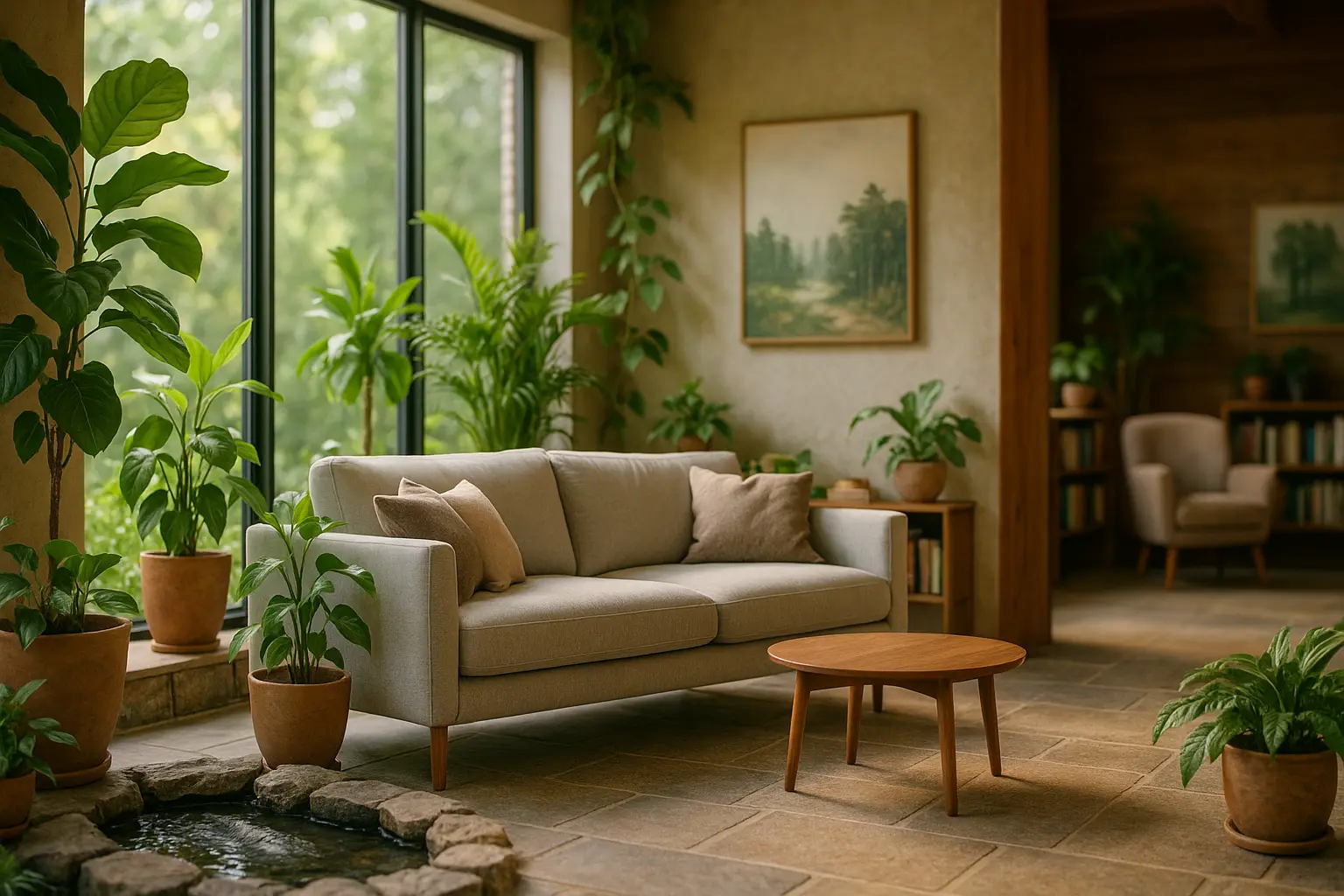
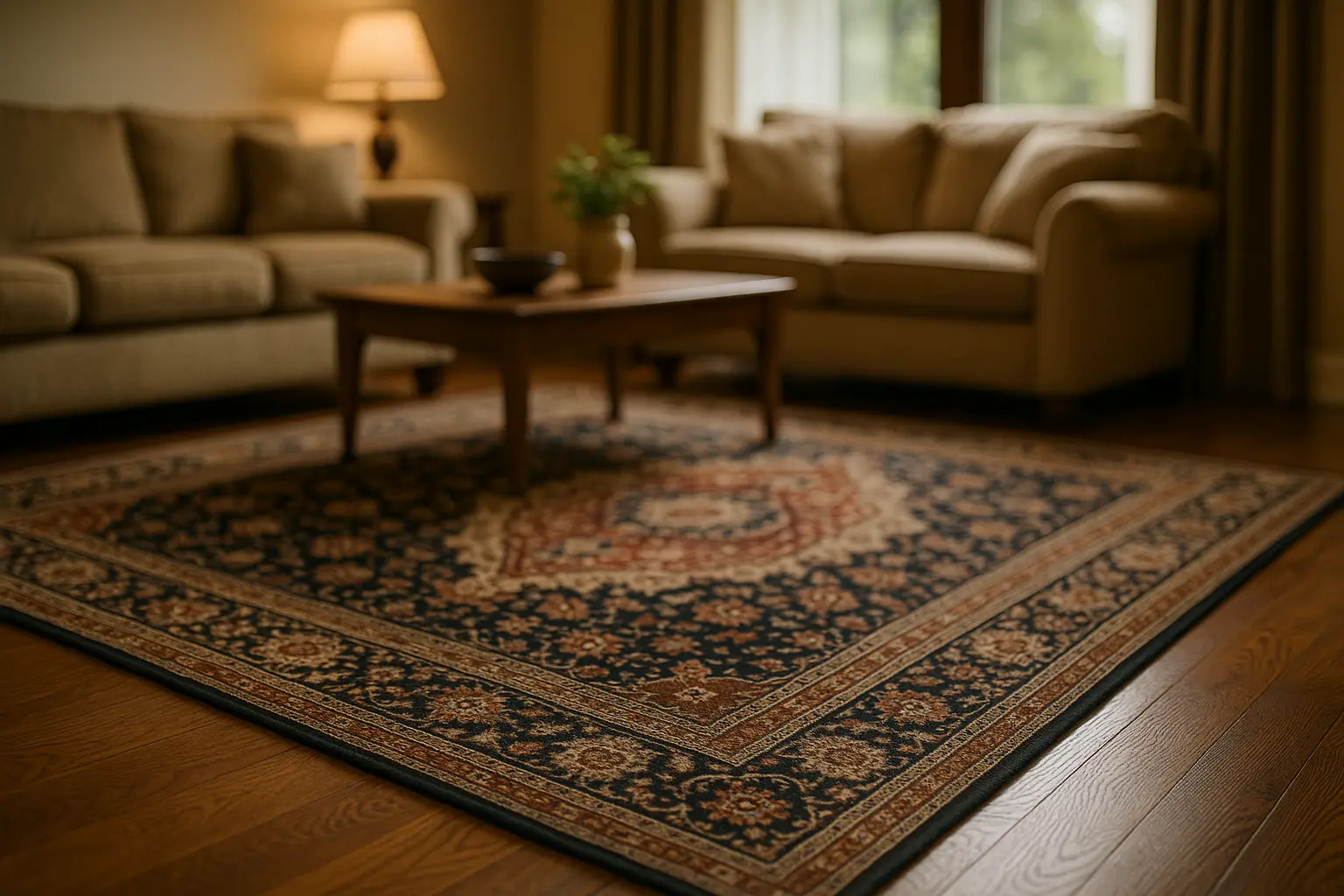
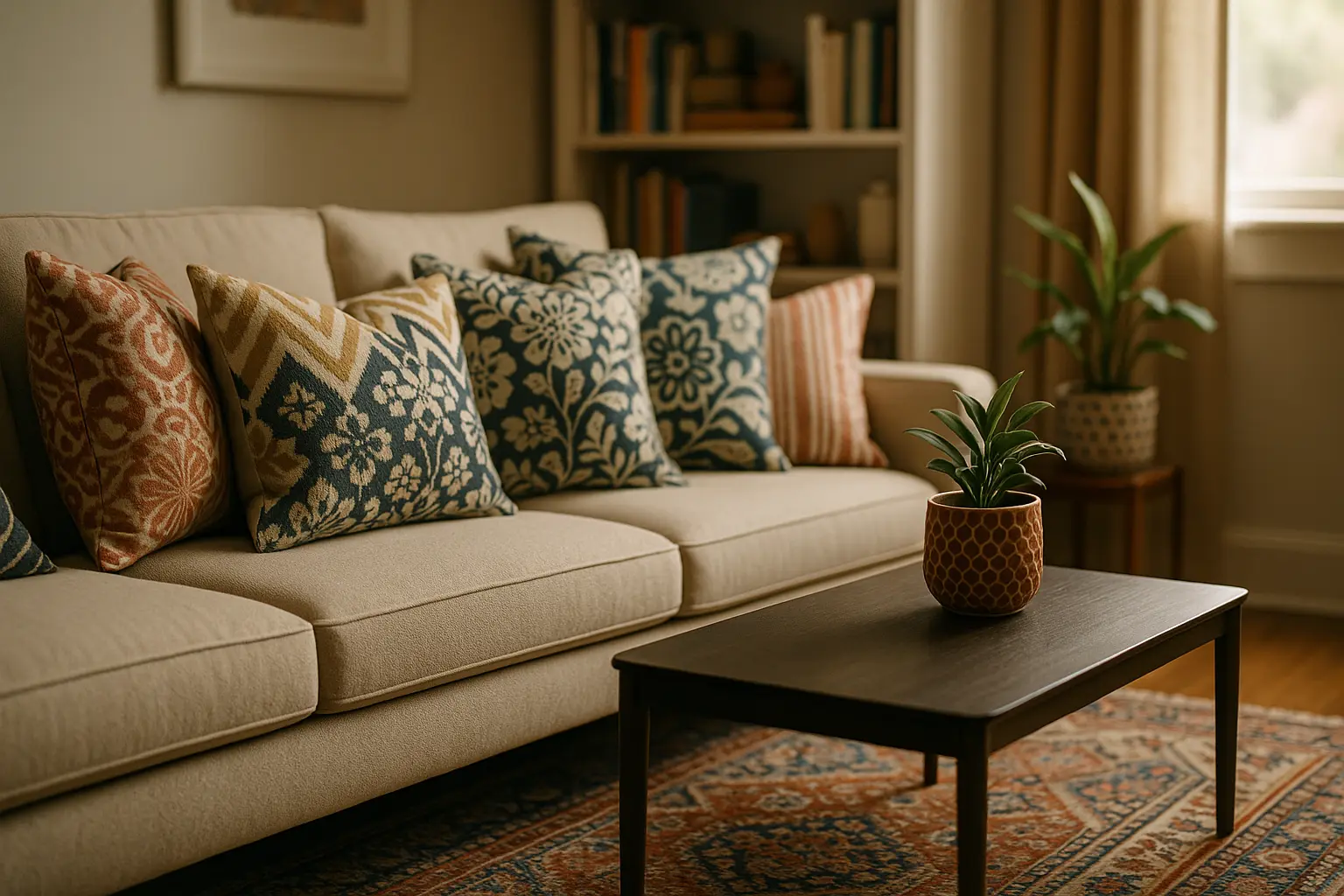



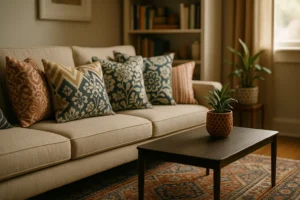

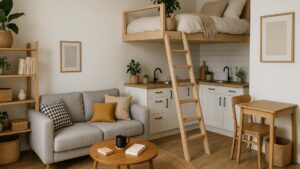



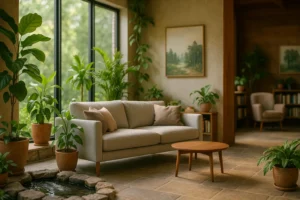

Post Comment